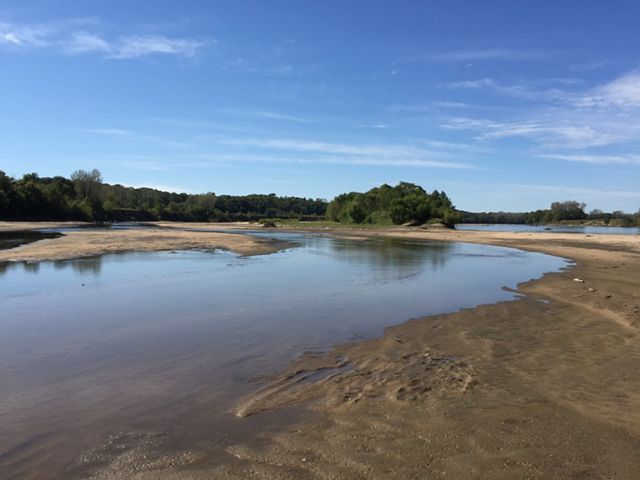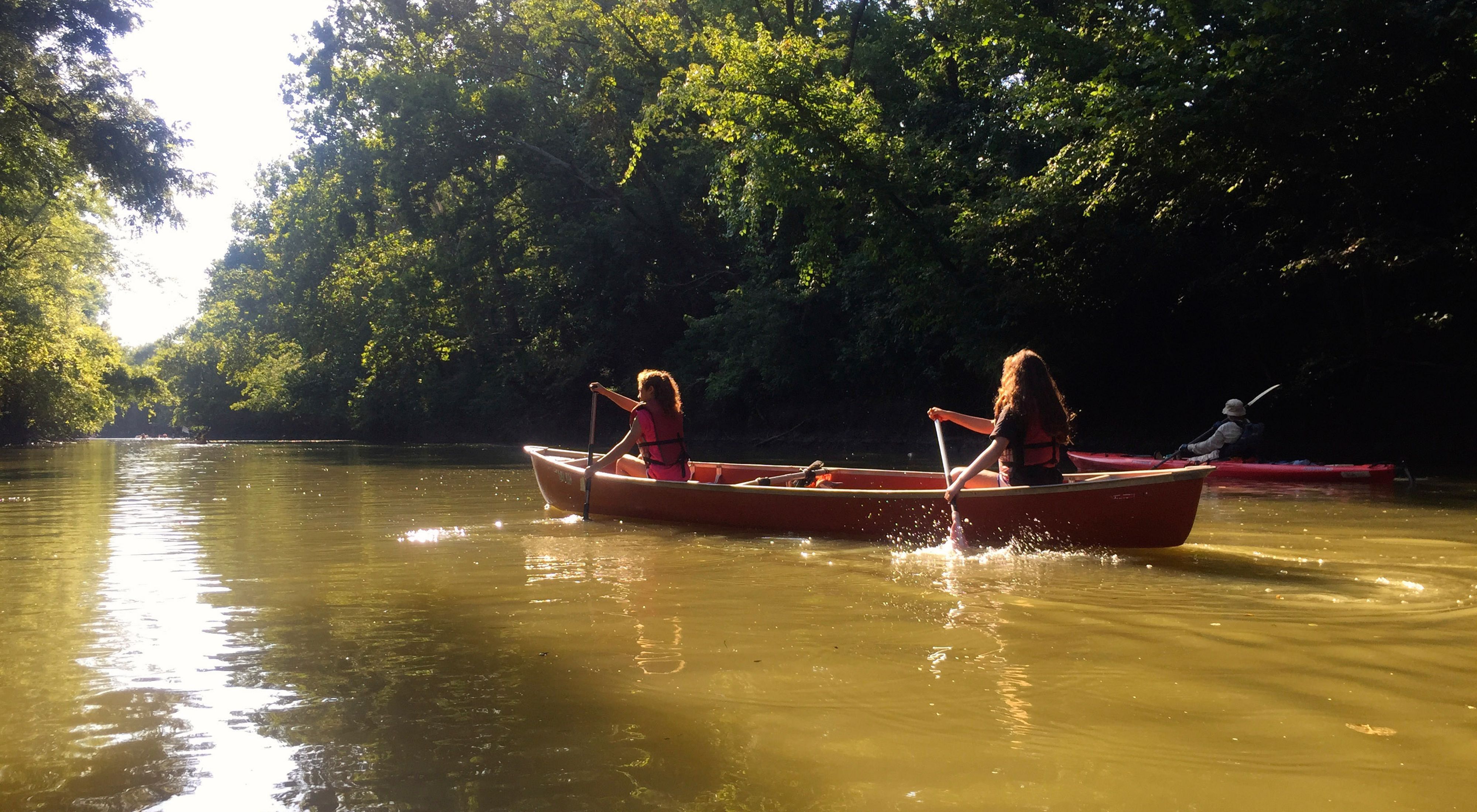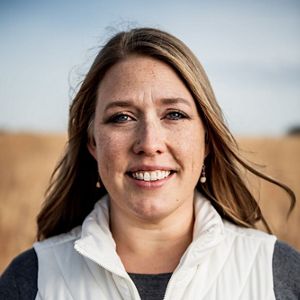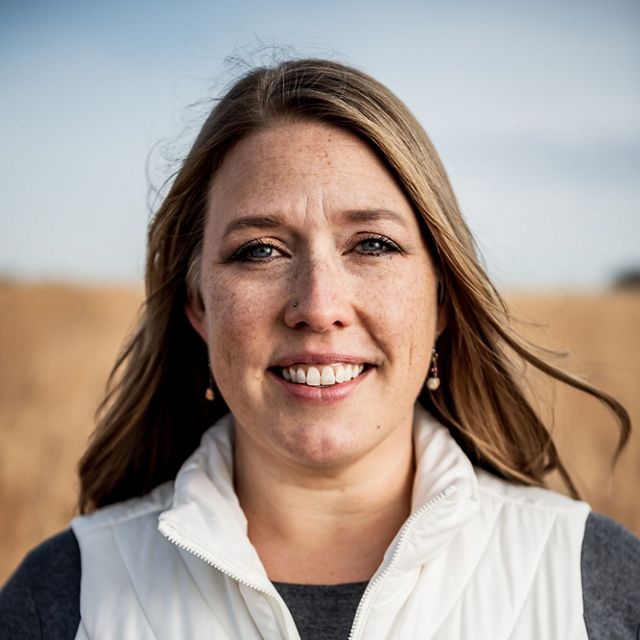Healthy Streams for Kansas
Discover clean waters and healthy people through the David T. Beals III Healthy Streams for Kansas Initiative.
This page was updated March 30, 2022.
More than 4 out of 5 Kansas streams are unsuitable for one or more use like swimming, fishing or using the water for irrigation and watering livestock.
These unique and fragile ecosystems continue to lose their diversity at an alarming rate. But many Kansas streams can be restored and a few are still nearly as pure and wild as they were before European settlement. The David T. Beals III Healthy Streams for Kansas Initiative focuses on streams that fit one of these categories: those that reasonably can be recovered and those that need only protection from pollution or development.
What is a healthy stream?
Calling a stream healthy means a lot of things must come together: high water quality, healthy channel formation, good habitat for native aquatic species, stable riparian corridors and a watershed that supports biodiversity and complimentary land use.
Quote: HBN Hynes
In every respect, the valley rules the stream.
Where We Work
- In the Rattlesnake Creek watershed we have partnered with Kansas State University, WaterPACK, and Kansas Groundwater District #5 to find solutions that will make agricultural irrigation more efficient and restore flow in the creek. Through a comprehensive land & water management approach, more water could ultimately flow into Quivira National Wildlife Refuge.
- The Kansas River is part of the Sustainable Rivers Program, a joint Nature Conservancy and U.S. Army Corps of Engineers program to modernize dam operations. Here, we are updating reservoir and dam operations to improve the health of a river basin that provides water to 800,000 people.

- The Blue River begins in Johnson County, Kansas and flows into Missouri where it joins the Missouri River near Independence. We are protecting the headwaters in Kansas to prevent further degradation and ensure this tributary remains a vital source of water and recreational opportunities.

Fellowship
Each year, a university fellow is selected to assist with the Healthy Streams Initiative. The application process for David. T. Beals III Healthy Streams for Kansas Fellowship will be announced each March.
Protect Healthy Streams in Kansas
Your gift ensures Kansas' streams are repaired instead of impaired.
Donate

